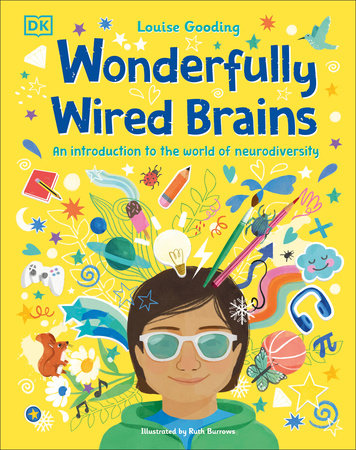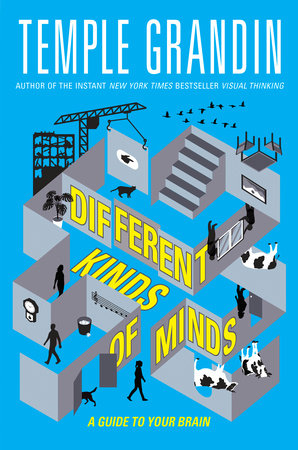The messages we convey through our storytelling are important and lasting, and those that are evident but not directly stated offer readers plenty to think about. One way to get those deeper-meaning messages across while offering middle graders real opportunities to engage with stories is through allegory.
What an allegory can do (and how it’s different from symbolism and metaphor)
It’s easy to confuse allegory with metaphor and symbolism—they are closely related literary devices with some overlap between them.
Metaphor – A comparison of two unlike things that points out how they, in fact, are alike: That girl is a night owl. The sun was a golden coin.
Symbol – Usually an object, character, event, or idea that has its own literal role in the story but also represents some important idea on a figurative level: The green light on Daisy’s dock, the raven perching on a statue of Athena.
Allegory – A little more didactic, allegories point the reader in a particular direction of thought or behavior with more comprehensive lessons about or inspired by life, morals, politics, religion, history, myth, or other big ideas. An allegorical character or situation might extend through the whole work, or a whole work can be an allegory with multiple meaningful elements.
You’ll recall allegories from studying adult lit. In the allegorical medieval morality play Everyman, for example, main character Everyman (that’s his name) doesn’t want to go on a journey of reckoning with Death (someone Everyman meets), and he is surprised that his buddies Fellowship, Kindred, and Goods won’t go along with him to the afterlife. He discovers, though, that Good Deeds will follow him on his journey, though he’s been remiss in attending to them and must turn to Knowledge and Confession to help Good Deeds along. (Medieval audiences got the allegorical message, loud and clear.) Other allegories you’ve probably studied convey political or societal messages, such as Animal Farm, Metamorphosis, and The Crucible.
It may be helpful, as a writer, to think about these devices’ comparative size and scope: In a story, metaphors are typically brief expressions for a passing effect on a reader (with extended metaphors really driving the point home with additional references). The scale of importance grows with a symbol, as it carries the weight of some important takeaway that enriches the reader’s comprehension of plot and character. An allegory uses symbols and metaphors and intends even more sweeping effect on the reader, with a message or meaning about life the reader can effectively employ for their betterment and/or the betterment of everyone.
Allegories seem heavy: Too much for MG?
 You might wonder so, but remember, fairy tales and fables have been serving up allegorical lessons for young audiences since once upon a time. And think about some classic children’s stories widely accepted as allegories: The Chronicles of Narnia, The Golden Compass, The Giving Tree, The Phantom Tollbooth, The Little Prince. There are modern examples of MG fiction with allegorical elements we can turn to for cues as well:
You might wonder so, but remember, fairy tales and fables have been serving up allegorical lessons for young audiences since once upon a time. And think about some classic children’s stories widely accepted as allegories: The Chronicles of Narnia, The Golden Compass, The Giving Tree, The Phantom Tollbooth, The Little Prince. There are modern examples of MG fiction with allegorical elements we can turn to for cues as well:
The Ogress and the Orphans by Kelly Barnhill — This allegorical fantasy reveals what happens to a community when its members are swayed by suspicion and start rejecting those unlike themselves.
When You Trap a Tiger by Tae Keller – In this Newbery Medal winner, tales told by the characters are allegories for family love and for the power stories have to inspire.
The Puppets of Spelhorst by Kate DiCamillo – This story’s allegorical plot and character actions represent big ideas about being called to one’s true purpose and following the heart.
 The Language of Spells – Garret Weyr – This adventure reveals the power of perception when considering what makes us special and points to what we tragically lose during times of conflict.
The Language of Spells – Garret Weyr – This adventure reveals the power of perception when considering what makes us special and points to what we tragically lose during times of conflict.
How might you employ the allegorical brush in your writing?
Experimenting with allegory in your writing? Some ideas to chart your course:
- What’s the big-picture message you want to send to readers?
- What are the most important elements of that message, and what’s the best way to convey them? Symbolic characters? Objects that recur? A quest, a battle, something else?
- Imply your message clearly but inconspicuously. Trust the reader: They will get the takeaway if the individual parallels are there.
- Keep the story strong and interesting…and prioritize it. The allegorical message flows from a story that is substantive and fulfilling all on its own.
I hope these ideas on allegory are helpful in your current projects, and thanks for reading!
















 Andi Diehn: I love all your examples of scientists collaborating – does this happen often in the science world?
Andi Diehn: I love all your examples of scientists collaborating – does this happen often in the science world?


 Heather Montgomery’s interest in nature led to a B.S. in Biology and an M.S. in Environmental Education. For years she developed curriculum and directed the
Heather Montgomery’s interest in nature led to a B.S. in Biology and an M.S. in Environmental Education. For years she developed curriculum and directed the